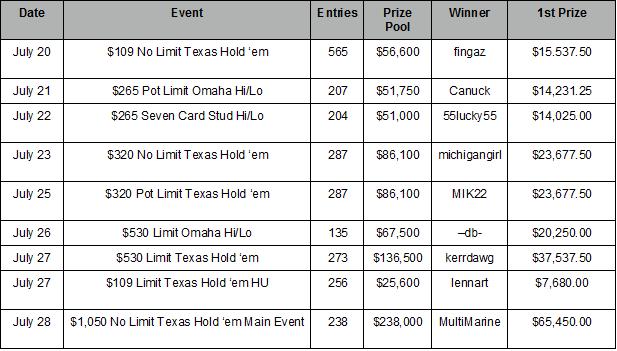2CardsCollege's History of Poker: Moneymaker Effect, Poker Boom

In our previous article from 2CardsCollege, we ended when PokerStars first showed up. However, turning the company into the giant that we know now was still far, far away. Paradise Poker’s position in the market was still firm, and the richest company – PartyPoker – was growing faster than everyone by throwing tons of money at its players.
In the US, television channels started broadcasting cash games and tournaments. And the beginning of 2002 saw an event that was pivotal in the history of the modern poker world: the Travel Channel, for the first time ever, showed players’ cards in its World Poker Tour broadcasts.
The effect was phenomenal. The channel received tons of rave reviews from intrigued viewers and poker secured a bright future on TV. That was also when Gus Hansen became one of the main poker stars. During the WPT’s 2002 season, he won not one, but two Main Events: the Five Diamond World Poker Classic ($556,460) and LA Poker Classic ($532,490).

PartyPoker quickly noticed the forthcoming TV poker boom and signed an exclusive contract with the WPT, thus getting the best advertisement platform there was: television. Their logos started flashing on every TV screen in the country and their audience started growing at mind-boggling rates. Nowadays, their famous slogan, “The World’s Largest Poker Room,” looks like a mockery, but by 2003 Party became the giant of online poker with the potential and ambition to monopolize the market.

Everything went along like clockwork and we all could still be playing on Party now, but PokerStars would have never become what it did if it had been sitting on its hands. PokerStars took two historical steps that changed poker forever.
First, in the summer of 2002, it launched the WCOOP, or World Championship of Online Poker, the first big online series that was a kind of “WSOP on the internet.” Nowadays, it is the most prestigious and high-stakes online series, but it all started rather modestly with nine tournaments, including a $1,050 Main Event. The latter was won by Sweden’s ‘MultiMarine’, who outplayed 237 opponents to gain the title of the first world champion of online poker. He made over $60,000.

The second step taken by PokerStars gave them a lot more in the end than anyone could have imagined. After analyzing the cooperation of Party and WPT, Stars signed a contract with the World Series of Poker and started holding satellites to the Main Event. One of them was won by a 27-year-old accountant, Chris Moneymaker, who got his ticket to the Main Event for just $39. The rest, as they say, is history.

Moneymaker outlasted a field of 838 entrants. One year later, another amateur satellite winner, Greg Raymer, outlasted three times as many people: 2,576. In 2005, Joe Hachem outlasted a field of 5,618 and, a year later, Jamie Gold battled against a field of 8,773.
But we got way ahead of ourselves. Let’s go back to 2003. Moneymaker’s triumph turned out to be historical not only for the whole poker industry, but for PokerStars as well. While Party enjoyed the benefits of unlimited advertising resources, Stars received a ton of word-of-mouth marketing.
“Where did this Moneymaker guy who became a millionaire win a satellite?
At PokerStars.com!”
Moneymaker assisted PokerStars’ PR and not only became the symbol of the American dream of the new generation, but was also quick to sign a contract and don clothes with red spade logos during live poker tournaments. The next year saw three times as many satellites to the WSOP on PokerStars and people throughout the US started talking about poker as a way of earning a living.




